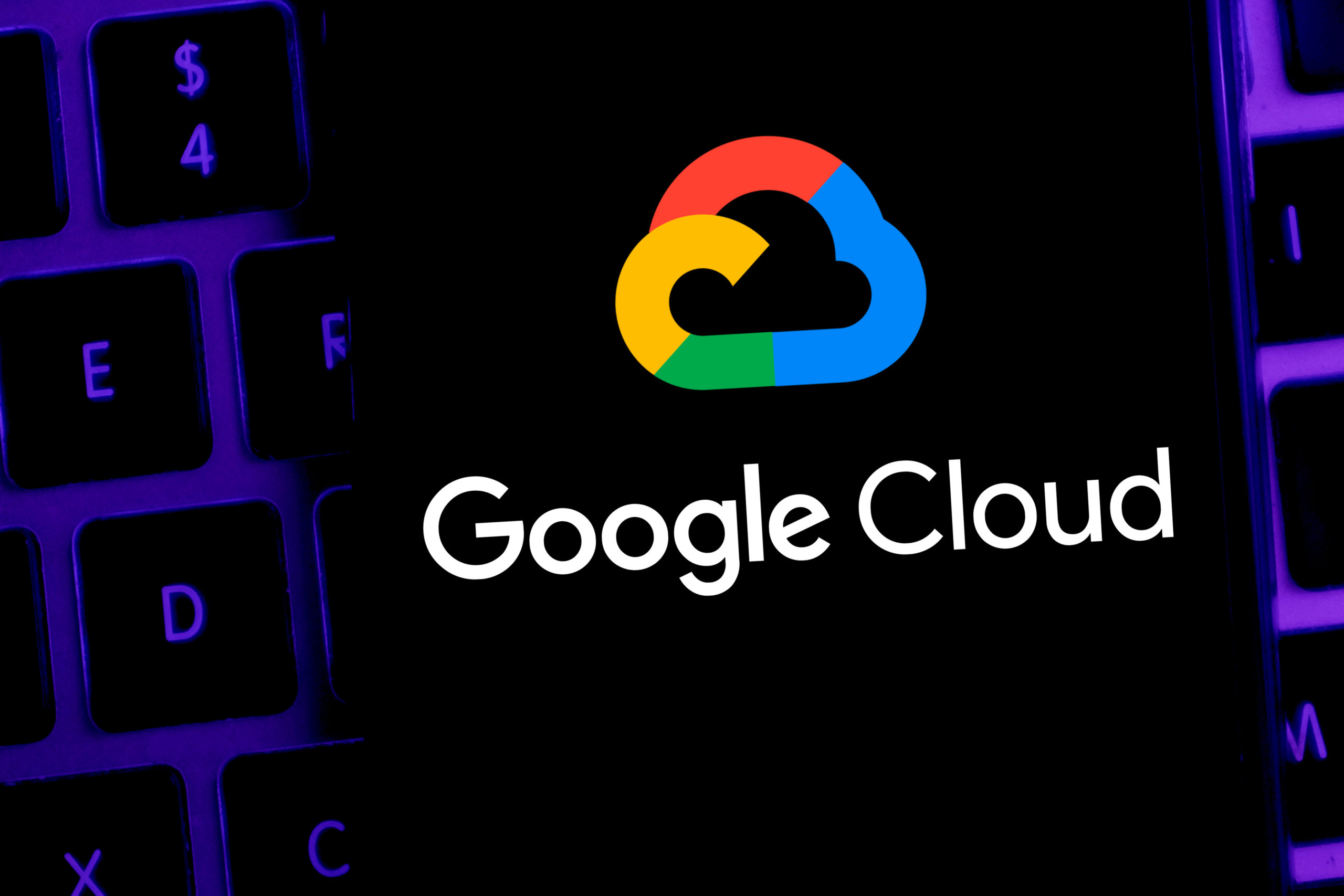Accelerate Marketing Insights
Marketers have more capabilities available than ever to gain insights into their customers, and are looking to navigate these technical advancements for better decision-making.
From the introduction of Generative AI to regulatory changes on how data is collected, staying on top of increasingly complex customer journeys is challenging enough—particularly with traditional or siloed tools.
Most marketing organizations have a lot of data about their customers and products, but many aren’t able to unlock value from that data. Oftentimes, they’re pulling data from standalone systems and platforms, so they don’t have a holistic view of their customers—or the performance of their marketing efforts.
Google Cloud has a number of capabilities that can help break down silos, bring that data together, and then turn that data into useful marketing analytics.
For example, you can connect data sources such as Google Ads, Google Analytics, and Campaign Manager with a customer relationship management (CRM) system, such as Salesforce or HubSpot, and social media platforms, such as Facebook and LinkedIn.
In this way, Google Cloud functions as an Enterprise Data Platform (EDP). EDPs support data analysis applications by pulling in data from various sources and structuring them to speak to each other. Google Cloud uses tools like BigQuery—a highly scalable multi-cloud data warehouse—to ingest customer data from disparate sources across multiple systems. It can then use built-in machine learning and AI capabilities to segment customers and ‘activate’ them through Google Marketing Platform, a unified advertising and analytics platform, via native connectors. Through consumer sentiment analysis, you can also see if your marketing campaigns are resonating with customers.
Building on that, BigQuery and Looker, Google’s business intelligence solution, can be implemented within the EDP to access marketing data in one place, evaluate the performance of marketing campaigns, and measure key performance indicators such as click-through rates (CTR), conversion rates, and engagement levels. By easily analyzing what works and what doesn’t, you can adjust your campaigns accordingly.
You can even build your own models without any knowledge of programming languages using tools like BigQueryML and Vertex AI. You can also gain additional insights through Google Trends, a public dataset of Google-owned search data, for convenient analysis in BigQuery (or your BI tool of choice). This can help you gain insights into consumer trends, make data-driven decisions, and identify new opportunities to acquire or retain customers.
Want to explore the possibilities for your organization?
If you’re looking to bring your data together to unlock new possibilities for your marketing organization but don’t know where to start, Pythian’s Enterprise Data Platform (EDP) QuickStart for Google Cloud can help. It’s an easy way to integrate, clean, and organize your data into Google BigQuery and make datasets available for analysis.
This simple, streamlined process allows for the integration of data from different sources that can reveal quick wins, but also provides the basis to expand and scale as needed into a full EDP. Through this efficient end-to-end approach, you can access valuable data insights in less than seven weeks.
For example, Pythian helped the marketing team at Transat gain a 360-degree view of their data so they could better target customers. The tourism company was pulling data from Google Analytics 360, Google Ads, and Google Campaign Manager, but using unmanaged identities and projects outside of the Google Cloud organization. As a result, sampling data in Google BigQuery was a slow process, taking one to two hours—sometimes even up to a day.
The marketing team wanted to centralize their data so they’d have a 360-degree view of their customers. But to build that data platform on Google Cloud, they needed to sync configuration between their Microsoft Azure Active Directory and Google user accounts to better manage non-corporate identities.
The company’s use of Pythian’s EDP QuickStart for Google Cloud allowed for the integration of data from different sources quickly. Through BigQuery, Google Cloud now provides a 360-degree view of customer data, and the marketing team can scale the solution as needed to target the right customer at the right time. What used to take hours now takes about 30 seconds.
Pythian’s EDP QuickStart for Google Cloud includes all required data modeling, transformation, integration, cleansing, and organizing to support your specific operational needs and gives rapid time to value. In two weeks, we’ll help you identify a candidate situation in QuickStart. In five weeks, we’ll provide a scalable EDP for Google Cloud that is ready to use for marketing analytics.
Get in touch with a Pythian Google Cloud expert to see how our team can help.
Share this
Share this
More resources
Learn more about Pythian by reading the following blogs and articles.

Best Practices for Enterprise Data Platforms on Google Cloud: Part 1
Pythian Wins 2018 Google Cloud Data analytics partner of the year award

Getting started with the Oracle Database @ Google Cloud Service - Service Setup
Ready to unlock value from your data?
With Pythian, you can accomplish your data transformation goals and more.
